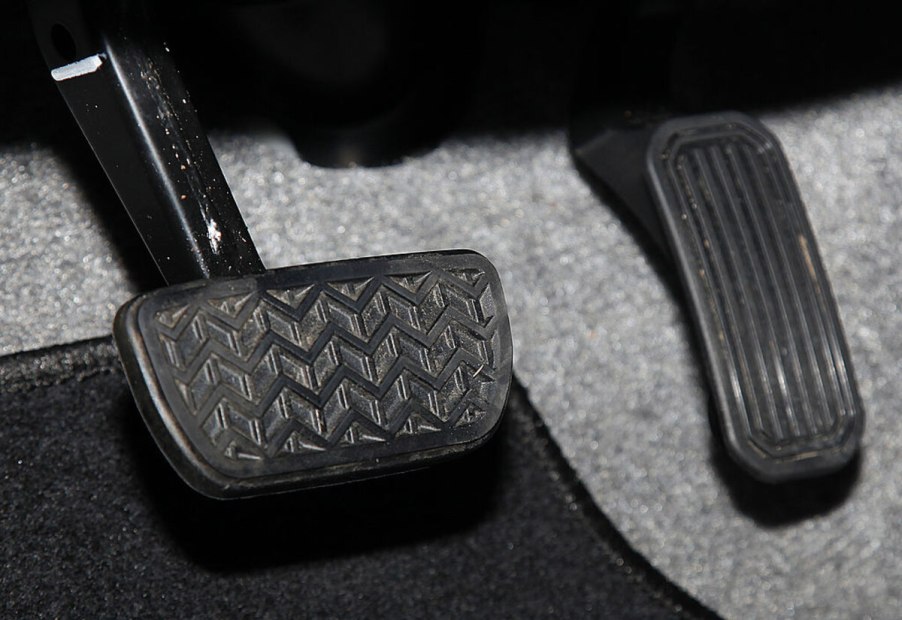
The Last Part You Want Cheaped-out Is Breaking in Teslas
You only control a car two ways, by a steering wheel and by pedals. It’s true for all cars and trucks. Unless you’re Fred Flintstone, in which case it’s a steering wheel and feet. Anyway, while driving, you definitely don’t want the wheel or pedals to suddenly break, but that is what’s happening to a growing number of Tesla EVs.
The Tesla Model S and Model 3 have an accelerator pedal attached to a plastic arm. While we’ll withhold comment on the merits of metal over plastic, the fact is that these arms are breaking. The arms of these pedals are hollow, while the brake pedal arm is metal.
How long have Tesla pedals been breaking?

This first came to the public’s attention back in 2019 with a report by Forbes covering several such breaking pedal arms. And it is not only Tesla that this is happening with. In fact, many automakers use plastic for their pedals. So maybe it isn’t so much that plastic is the problem; rather, it could be that the lack of reinforcement in the arm is to blame.
The most recent headline about malfunctioning accelerator pedals was in 2009. That’s when Toyota faced criticism and a recall over pedals getting mysteriously stuck at full throttle. There were several bad accidents and minor ones connected with the problem. And over 90 deaths are part of this sad tale.
Didn’t Toyota have a similar problem with pedals?

The phenomenon became known as unintended acceleration. Toyota paid $1.2 billion to cover its liability, and millions of vehicles were part of a massive recall. The issue was either software or floor mats that could interfere with the arc of the accelerator pedal. It turns out neither was the cause.
Black boxes reviewed by the NHTSA and other investigators found that human error was to blame. When drivers thought they were pushing the brakes, they were actually pushing on the accelerator. Evidence was clear that there was no engagement of the brakes, not even a tap.
How much does human error factor into these Tesla incidents?

Coming back around to Tesla, the human error element is likely the cause of several fatal accidents. But Tesla’s AutoPilot autonomous driving system usually is suspect first. Then, once the black box information comes out, the drivers are the ones at fault. Not always, but most of the time.
It can take several months for the data from those black boxes to be made public. By then, another fatal crash or two raises the concern over the Tesla AutoPilot and its software. In some cases, when AutoPilot is on, drivers get an alert to take over controls for various reasons. And in some of those cases, the driver continues for whatever reason.
But a broken accelerator pedal is a broken accelerator pedal. There is no mystery. Hopefully, there is already a solution. As Tesla fixes its own, records indicating details around these incidents are not public.



